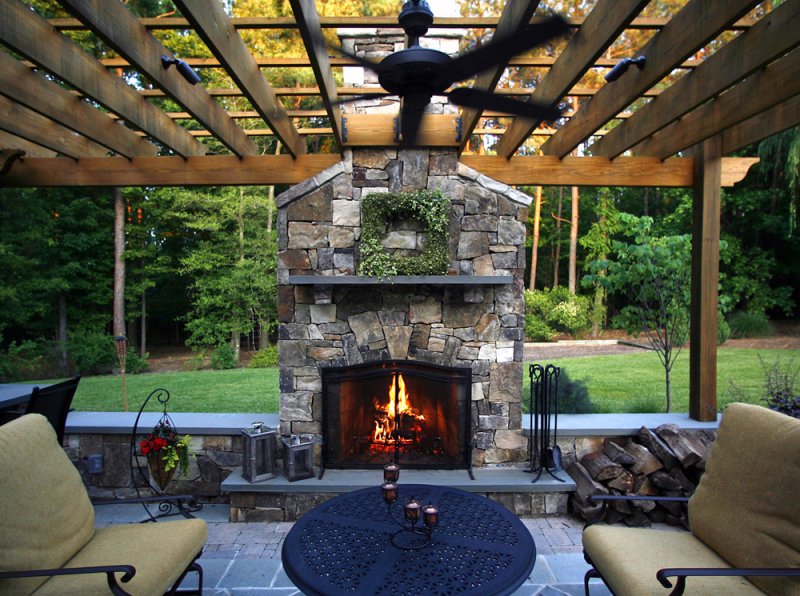December 7, 2017 / By admin
NAHB Article –
A new deck or patio can be the perfect gathering place, adding a new dimension to your yard and creating space that you didn’t even know you had. A well-planned outdoor living space can become a home owner’s backyard getaway, but the wrong deck or patio can end up as unused dead space. Keep the following in mind and you’ll find yourself enjoying the sunshine from your outdoor retreat in no time.
Patio or Deck?
When deciding on whether you’d like your new outdoor haven to be a patio or deck, first do some research. Some areas have building codes or terrains that dictate one or the other. Your local home builders association can be a good source of information. What kind of budget are you looking at? Decks can be a more affordable option than patios, but concrete, while more expensive, tends to be the sturdiest material with the lowest maintenance needs.
Several factors can determine whether a deck or patio is best for you:
- How much weight does your space need to hold? If you are considering a huge hot tub or spa, a patio might support its weight better.
- What about climate? Will the surface become too hot to walk on during summer’s peak?
- Does rain or snow create runoff problems on a flat patio surface?
If you have a rough backyard terrain, a raised deck may end up your best choice instead of expensive excavation for patios. Likewise, if you dislike dirt or have pets, consider a raised deck. Remnants from sand and stone patios easily find their ways into clean houses. A raised deck also may work as a better option for low-lying yards that tend to become soggy when it rains.
Choosing the Design
Once you’ve determined whether a deck or patio is best for your home, the possibilities are endless. For home owners on a budget, Tim Taylor, owner of Landscape Creations in Johnson City, Tenn., suggests a sand and stone or brick patio. Stone, brick and concrete pavers are available in a range of styles and colors and are durable. Remember that site preparation is important for drainage, grade and proper placement, and can be a lot of work for the DIYer. Weeds also can pose more of a problem with patios. When in doubt, leave it to a professional with the experience, not to mention equipment, you need.
“Flagstone and concrete patios also are popular among home owners,” Taylor said. “Remember to allow for expansion, however, to prevent cracking.” Cracking in concrete is inevitable, but it can be minimized with the proper installation.
Materials Matter
Most decks are made of wood, ranging from pressure-treated pine and fir to more durable—and pricey—woods such as red cedar, redwoods and tropical hardwoods. No matter what the type, wood decks require maintenance and even then, with less expensive woods, swelling and warping will still occur over time.
To reduce the amount of maintenance required, consider composite and vinyl decking. These materials are less susceptible to swelling and also are more resistant to insects. The cost, however, can be significantly higher, particularly if coordinating railing and balustrade systems. Concrete decks, while much more expensive than wood or composite, are the most durable and require only the occasional pressure wash and periodic re-sealing. And no longer just drab grey, concrete is now available in a nearly limitless variety of styles, colors and patterns.
Location, Location, Location
Before beginning your outdoor project, assess your space. Where do you have the best sunlight? Do you want to use your space for dining or grilling? If so, do you have a large enough area for tables and chairs? Is there one area of the yard that is quieter and has more privacy from neighbors? A good home builder, remodeler or landscape architect can help you design a master plan that’s right for your space and your ideas.
Once your patio or deck is built, only your imagination limits the extent of your retreat. Plants, flowers, trellises, decorative screens, garden sculptures, fountains and furnishings can all enhance your backyard haven.



27,205 Comments